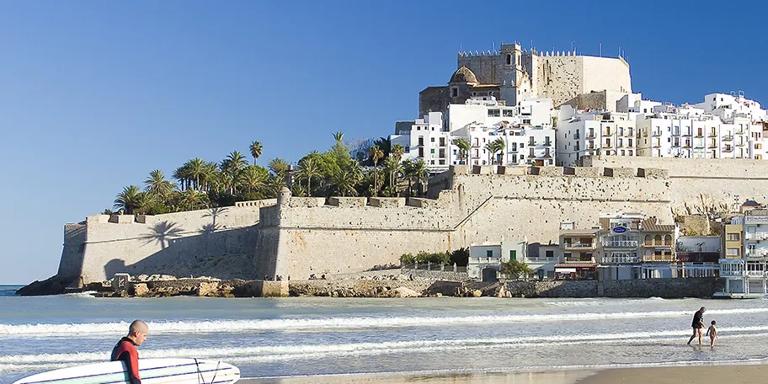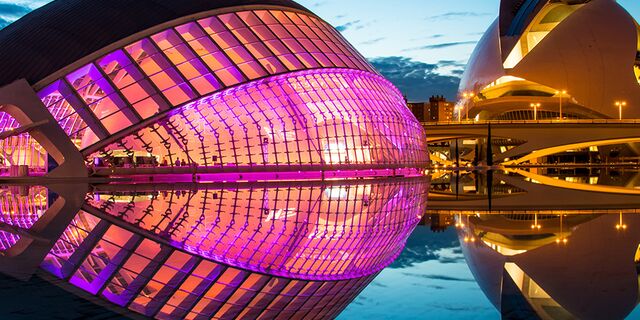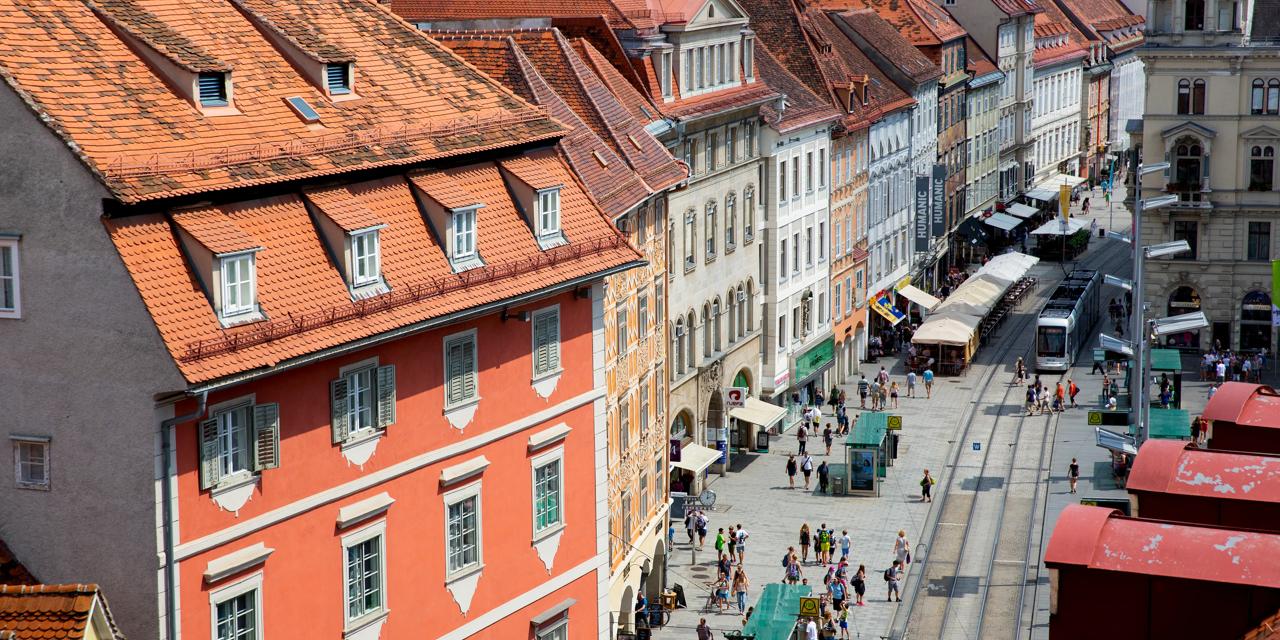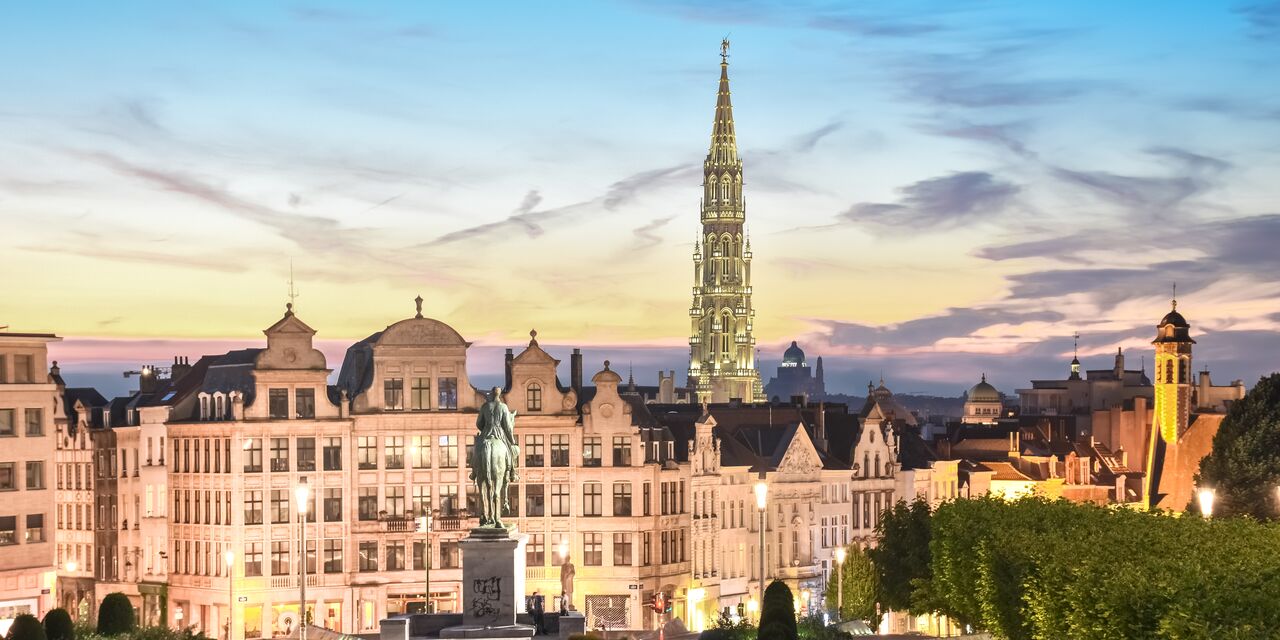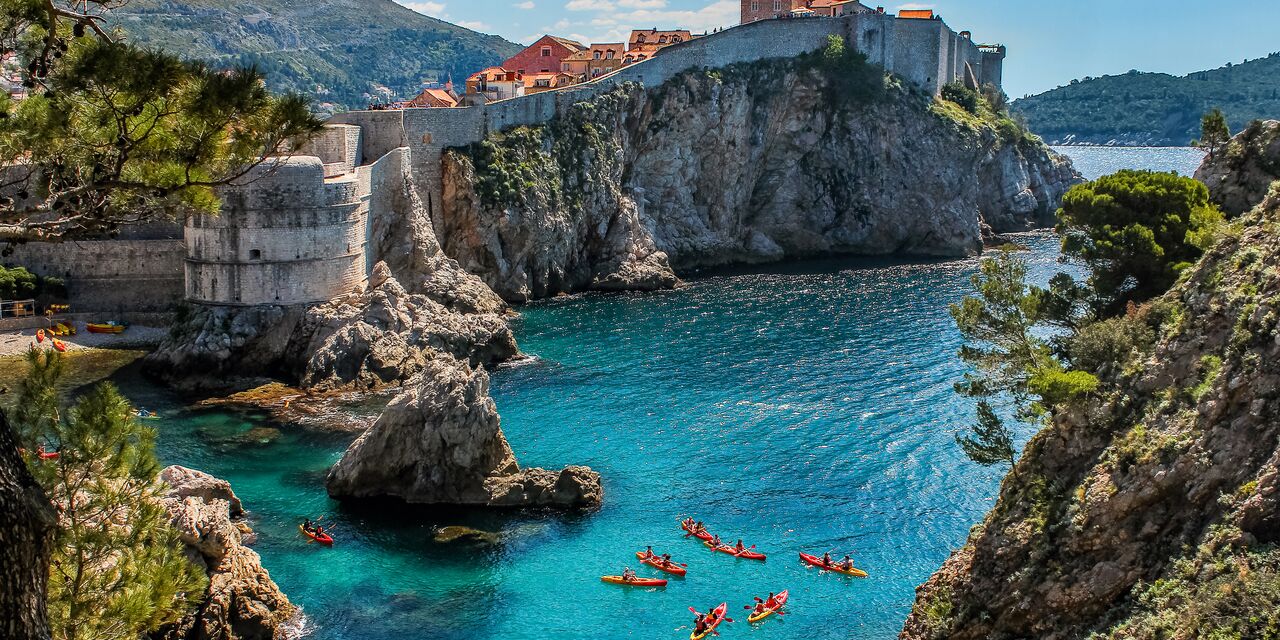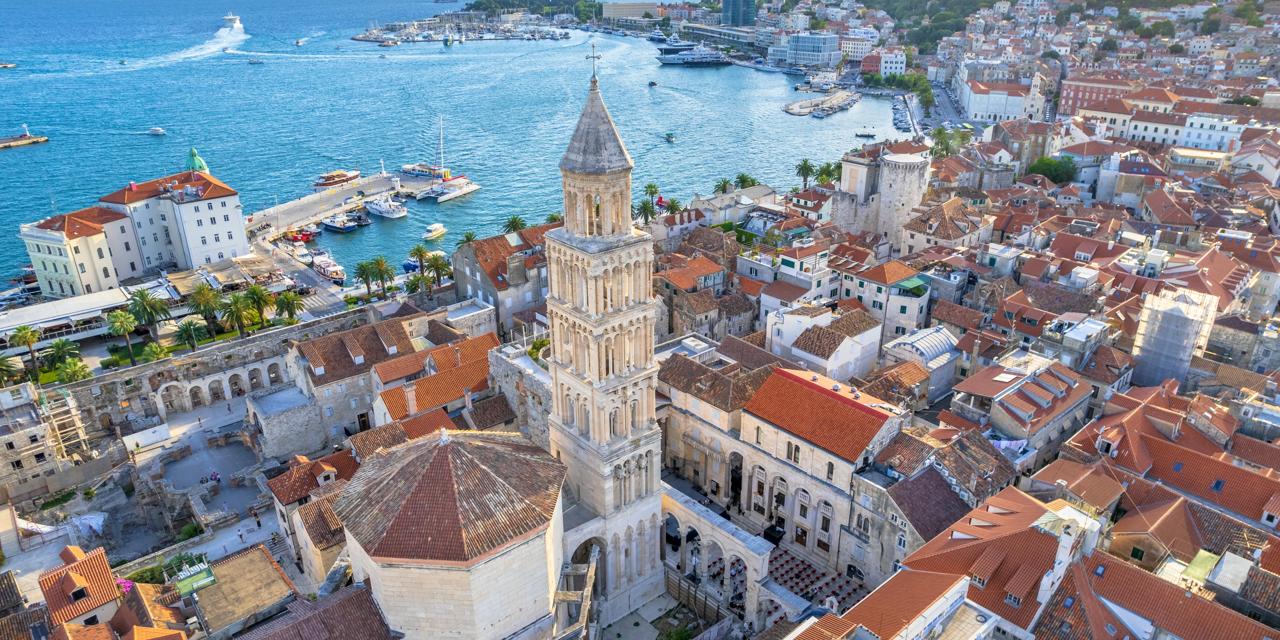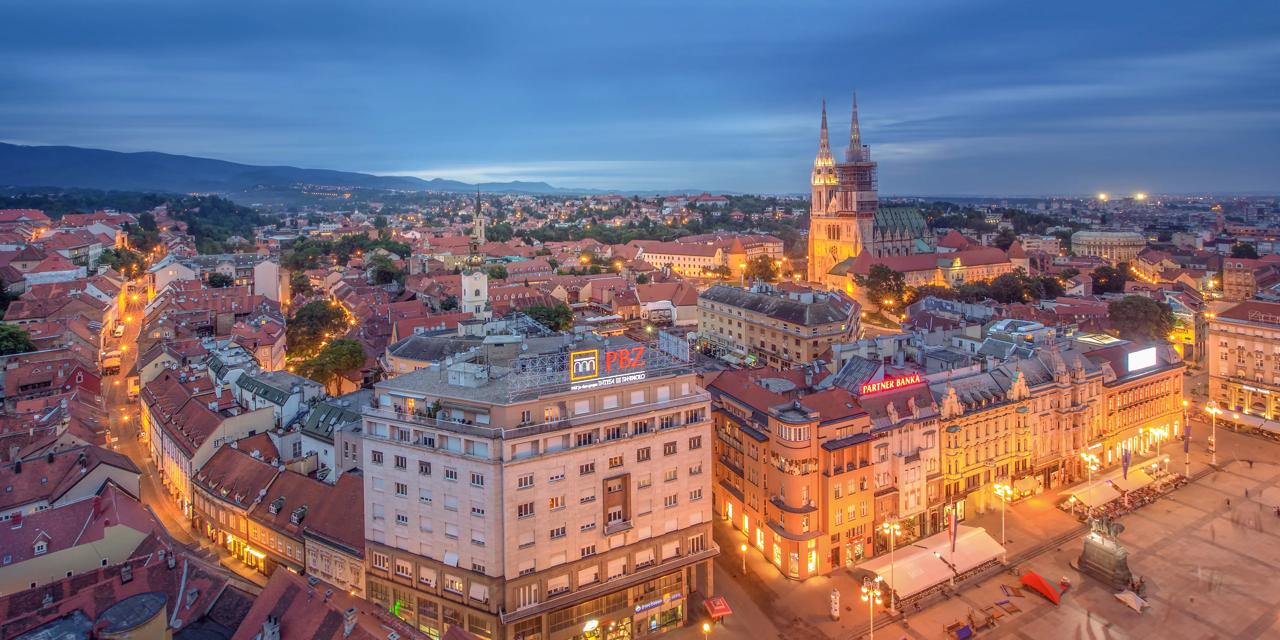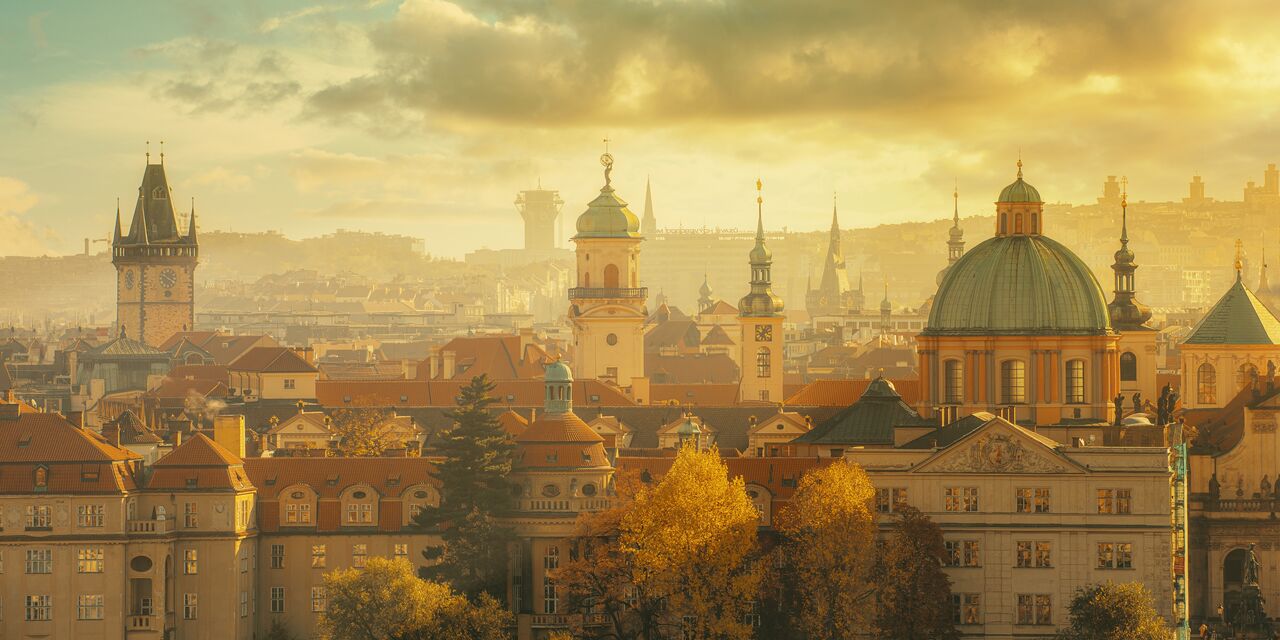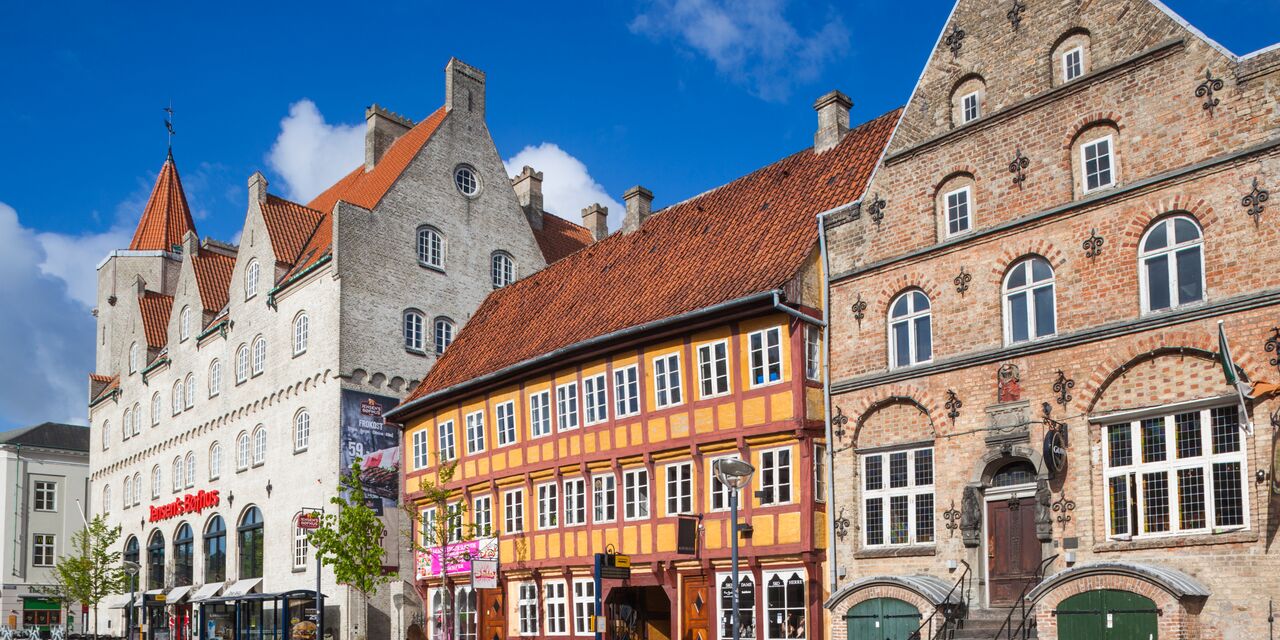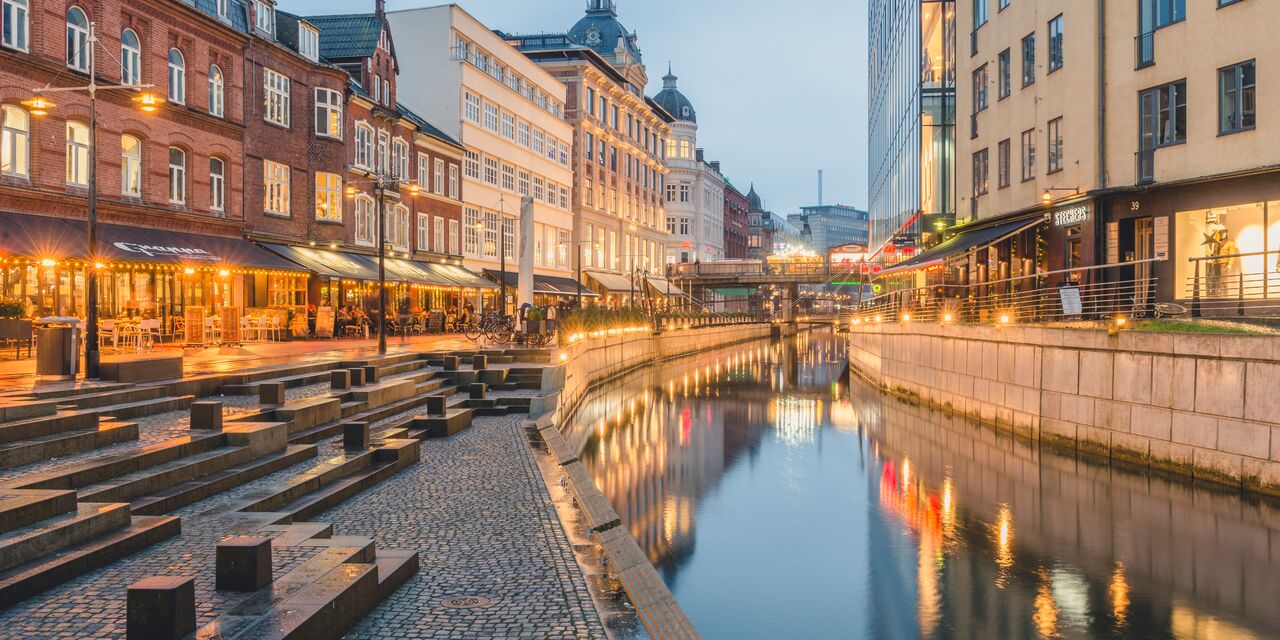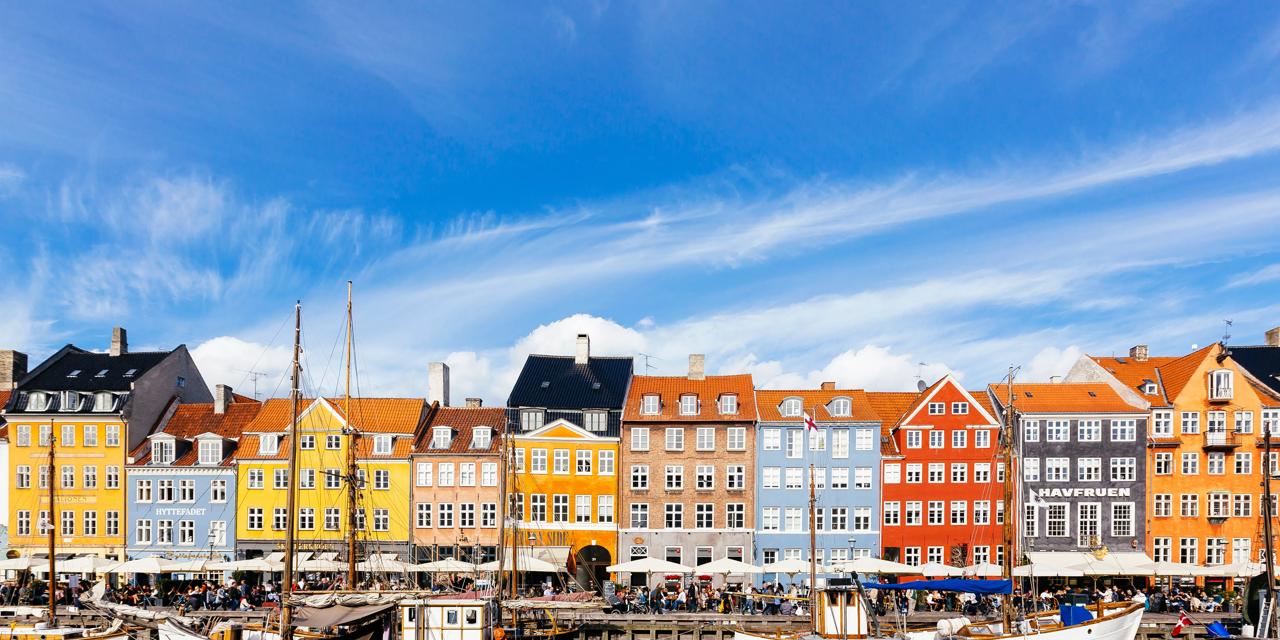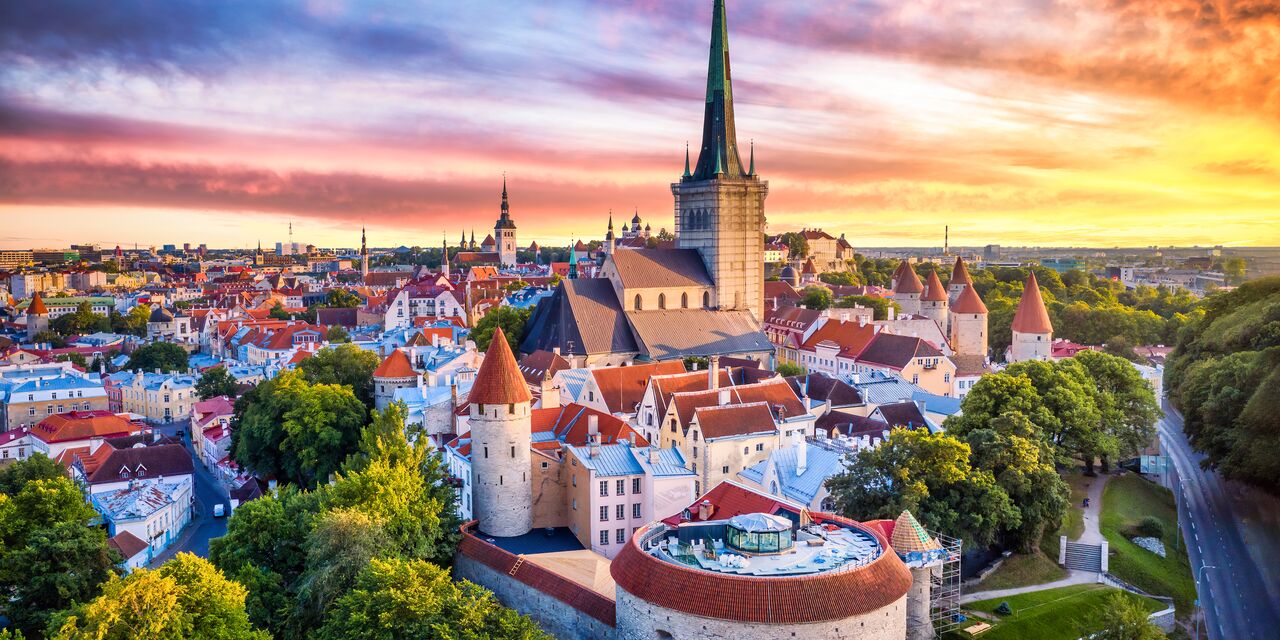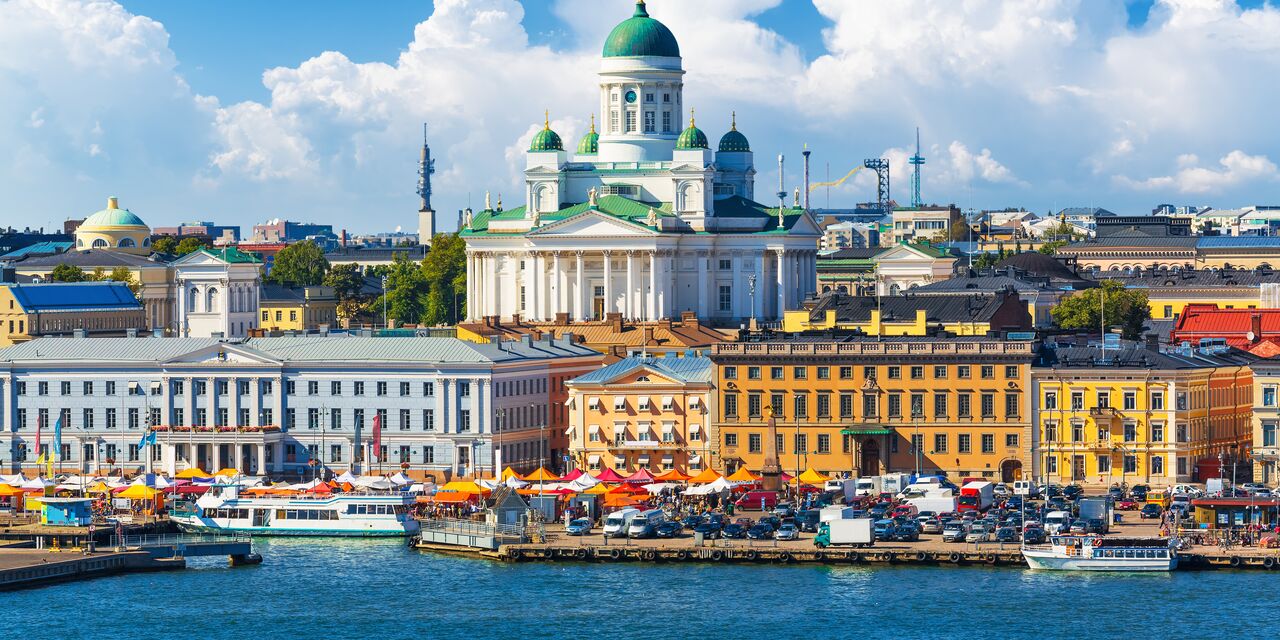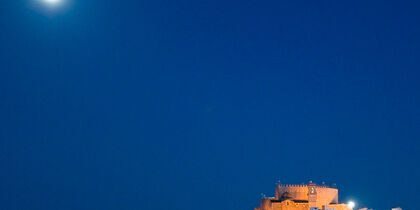
Citadel by the sea: Peníscola
The absolute pride of the Costa del Azahar is Peníscola: a perfect fortress on a rocky peninsula, with city walls that seem to rise straight from the blue Mediterranean Sea, tightly packed whitewashed houses and churches, a perky lighthouse and a medieval Templar citadel on top of a hill. This was once the home of Benedict XIII, one of only 3 popes who chose to reside outside of the Vatican City. The citadel graces practically every single postcard sold in the region.

Picturesque mountain villages
Behind the coast and the citrus orchards lies Maestrazgo, Spain’s most sparsely populated region, with only 11 inhabitants per square kilometre. The mountainous landscape is dotted with ancient villages that have mostly been abandoned. However, thanks to their isolated setting many have been well preserved. 7 of these tiny villages lie inside the La Tinença de Benifassà nature park. La Pobla de Benifassà, the prettiest of the villages, boasts a medieval church and traditional stone houses with wooden balconies in a picturesque setting across a limestone mountain ridge.

Stunningly beautiful medieval Morella
Morella is the mirror image of Peníscola, and is one of the most beautiful and best preserved fortress towns in the world. However, it is not situated at sea level but on the top of a mountain. A magnificent open-air museum at 1,000 metres of elevation is framed by a 2.5-kilometre city wall with squat towers and gothic city gates. Inside the walls, up against the mountain, are hundreds of whitewashed houses with red tiled roofs and a sturdy cathedral covered by the locals in leaf gold, towering high above the other buildings.

